lso known as cabbage, cauliflower, cabbage, … Scientific name is Napa cabbage, belongs to the family of cabbage (Brasicaceae). It has close relatives of cabbage plants. Besides being a nutritious vegetable, Chinese cabbage is also a valuable medicinal plant. As a herb, 1-2 years tall, 30-40cm tall, hairless or with a small undercoat on main veins. Leaves clustered in the soil, layered, oval or broad inversely. The leaf tips are rounded, with wavy margins, with serrated leaves, the middle head is broad white, the lateral veins coarse and numerous. Leaves are about 30-60cm long, 15-30cm wide, petioles white, flat, 2- 8cm wide.
The upper leaves are usually green, oval-shaped to the spear. Flowers white, 8mm long. Fruit 3-6cm long, 3mm wide. Seeds spherical or cylindrical round 1-1.5cm, yellow brown.
Chinese cabbage will be harvested after 2-3 months after planting. Use a knife to cut the stump, if the tree is retained, it will grow another litter.
Chemical composition of cabbage In 100g fresh cabbage includes: 12kcal, lipid 0.2g, sodium 11mg, potassium 87mg, carbohydrate 2.2g, protein 1.1g, and vitamins A, B, C, E. Ham The amount of trace elements in vegetables is higher than fish and meat. Cooked Chinese cabbage is rich in vitamins B2, B6, calcium, iron, manganese and folate.
According to traditional medicine, Chinese cabbage has a sweet taste, coolness, has the effect of reducing the gas, clearing heat, reducing the burning sensation in the throat, relieving cough, rewarding tastes.











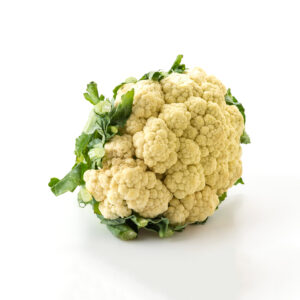
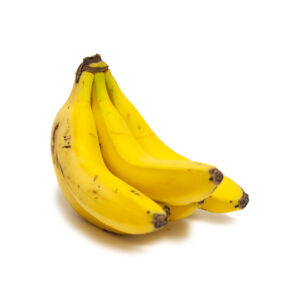
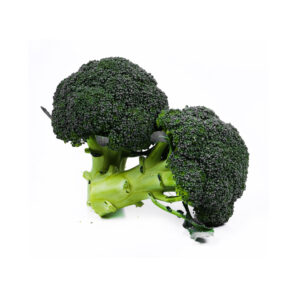
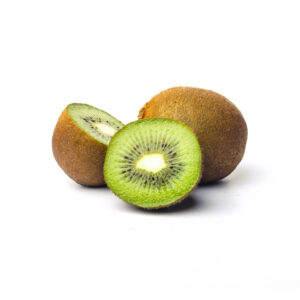
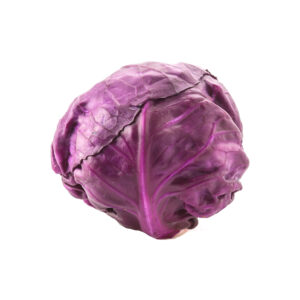
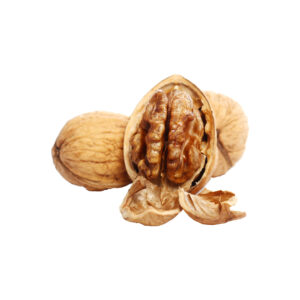
Reviews
There are no reviews yet.